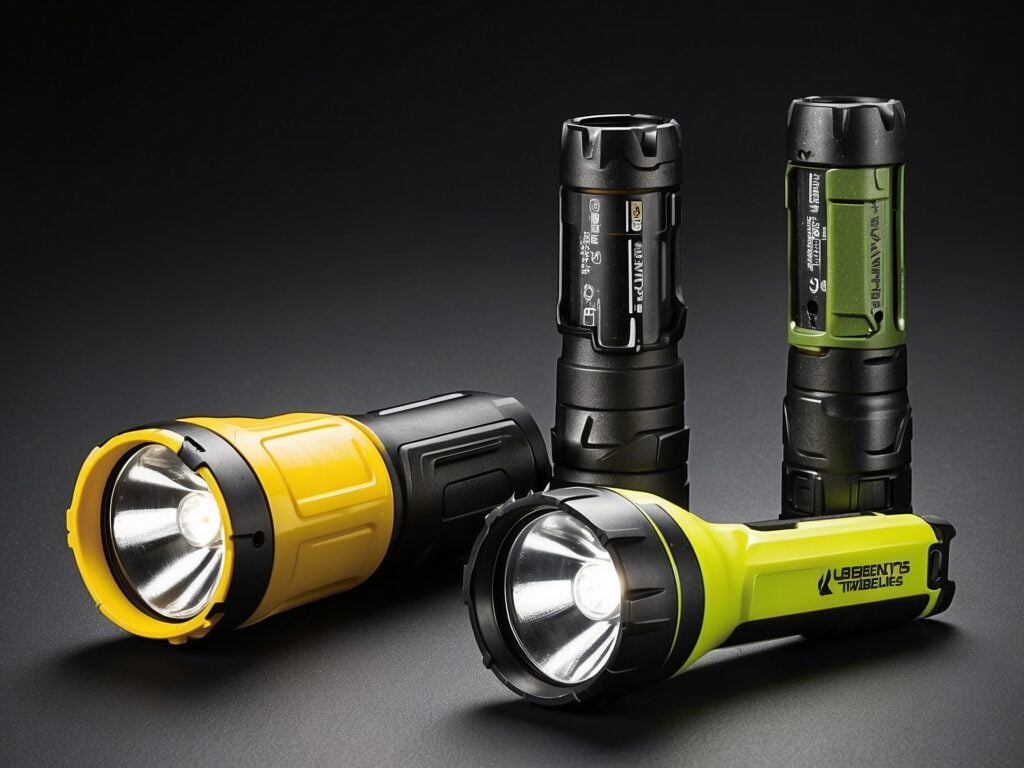One cannot overstate the importance of reliable equipment when it comes to safety in hazardous environments. One such essential tool is the intrinsically safe flashlight. At Intrinsically Safe Store, we understand the critical role these flashlights play in ensuring safety and productivity in potentially explosive atmospheres. However, these devices face significant challenges when exposed to dust and water. This article explores these challenges and how they can be mitigated.
The Concept of Intrinsically Safe Flashlights
Designers engineer intrinsically safe flashlights to operate safely in hazardous environments where flammable gases, vapors, or dust may be present. They design them to prevent these substances’ ignition by limiting the available energy, both electrical and thermal, for ignition.
Challenges with Dust Exposure
Dust exposure presents a significant challenge to intrinsically safe flashlights. In environments with high dust concentration, the dust particles can infiltrate the flashlight, potentially causing malfunctions. Furthermore, certain types of dust can be highly combustible, posing a risk of explosion if ignited.
- Accumulation: Dust can accumulate on the flashlight’s surface, obstructing the light output and reducing visibility.
- Infiltration: Dust particles can infiltrate the flashlight, potentially causing malfunctions.
- Combustibility: Certain types of dust can be highly combustible, posing a risk of explosion if ignited.

Challenges with Water Exposure
Water exposure is another significant challenge for intrinsically safe flashlights. Despite being designed to withstand harsh conditions, prolonged or intense exposure to water can compromise the flashlight’s functionality.
- Corrosion: Water can cause corrosion of the flashlight’s metal components, leading to reduced lifespan and performance.
- Water Ingress: If the flashlight’s seals are not adequately maintained, water can infiltrate the device, causing electrical shorts and other malfunctions.
Overcoming the Challenges
Despite these challenges, advancements in technology and design have led to the development of intrinsically safe flashlights that can withstand dust and water exposure. These include dust-proof and waterproof designs, robust construction materials, and advanced sealing techniques.
Challenges and Solutions: Intrinsically Safe Flashlights
Intrinsically safe flashlights are vital tools in hazardous environments. However, they face significant challenges when exposed to dust and water. Understanding these challenges and how to mitigate them is crucial for maintaining safety and productivity in these environments. At the Intrinsically Safe Store, we offer a wide range of intrinsically safe flashlights designed to withstand these challenges. Visit our website to explore our selection and find the perfect flashlight for your needs.
If you have any questions or need further assistance, don’t hesitate to contact us. Our team of experts is always ready to help you find the best intrinsically safe solutions for your specific needs.


























